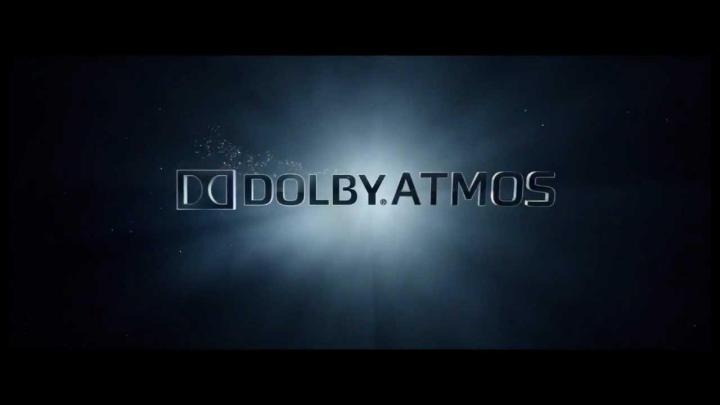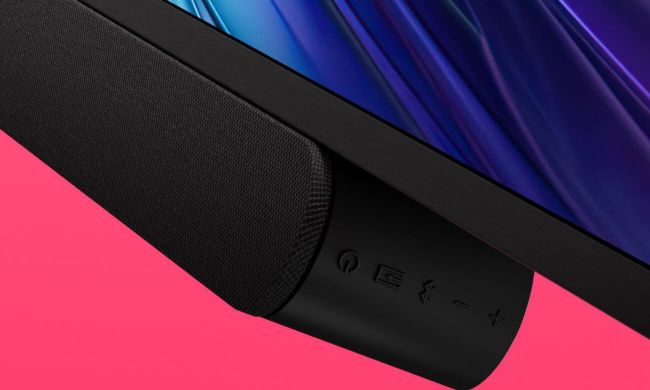
Once the initial excitement around the news that Dolby’s Atmos surround sound technology would be heading to home theaters later this summer began to simmer down, home theater buffs started asking questions: Do we have to put speakers in the ceiling? Will the stuff in my ceiling interfere with sound quality? Will Atmos be expanded to handle more than just four new speakers? Having heard the cry for more information, Dolby has provided a few more specifics about how Atmos will look, and where it’s headed in the near future.
“One of our hardware partners is planning to release an A/V receiver with 32 channels,” writes Crockett in Dolby’s Lab Notes blog. “If you have the space and budget, you can build a Dolby Atmos system with as many as 24 speakers on the floor and 10 overhead speakers.”

Crockett clarifies that Dolby Atmos isn’t built around the “channels” system that the theater sound industry has grown up with. Instead, Atmos is built on so-called ‘sound objects,’ which can be placed anywhere in a room using one or a combination of speakers. “Any sound heard in a movie scene—a child yelling, a helicopter taking off, a car horn blaring—is an audio object. Filmmakers using Dolby Atmos can decide exactly where those sounds should originate and precisely where they move as the scene develops,” says Crockett.
It stands to reason, then, that as the number of speakers in a room goes up, so does the potential for impressive sound object placement and movement effects. Rather than just making extra noise, adding speakers will provide a distinct sonic advantage when it comes to enjoying Atmos- encoded movies at home.
Crockett also repeated a point he made early last week that existing Blu-ray discs and players as well as streaming video technologies were already capable of delivering Atmos to next-gen A/V receivers. Atmos-encoded Blu-ray discs are expected later this year, with plenty more scheduled in 2015.
Although Atmos can apparently be scaled to work with any number of speakers placed in various locations around a given room, Dolby does indicate that sound either sourced from or refracted off of the ceiling is a crucial element, as it adds an important new dimension to surround sound effects. Those rooms with flat ceilings fare better than those with vaulted or angled ceilings. Chandeliers, recessed lighting cans, and other ceiling fixtures are not expected to dramatically affect the Atmos surround effect.
The company stopped short of laying out any kind of timeline for the Atmos expansion, likely because it will be up to electronics manufacturers to develop A/V receivers and Pre-amp/processors with the necessary output channels to drive the added speakers. Currently the best A/V receivers offer no more than 11 channels of amplification, limiting Atmos setups for now to a 7.1.4 configuration, which involves a standard 7.1 setup with the addition of four ceiling-mounted speakers, or four Atmos speakers aimed at the ceiling.
To learn more about Dolby Atmos and its move into home theaters, visit our comprehensive explainer here.



